By Dr. Erwin Tragatsch
[Note: Motorcycle historian Dr. Erwin Tragatsch, author of the groundbreaking ‘The Illustrated Encylopedia of Motorcycles’ (1977), wrote this unpublished article in 1955, long before the book ‘Schindler’s Ark’ (1985) led to the movie ‘Schindler’s List’ (1993). Tragatsch recounts his own acquaintance with the man, before WW2. The article is reprinted as written by Tragatsch, including the title, and was discovered only this June while perusing the Tragatsch Archive within Hockenheim Museum Archive]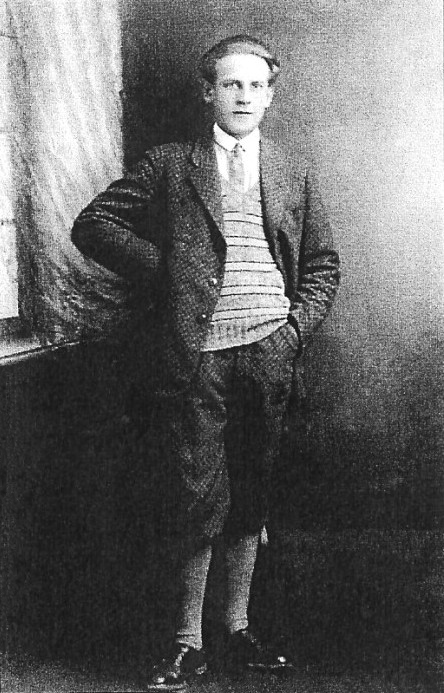
Who remembers Oskar Schindler, the ex-racing motorcyclist from Czechoslovakia? Probably, with few exceptions, nobody. Schindler was never a racing man of the Stanley Woods, Jimmy Guthrie, Geoff Duke, John Surtees, or Mike Hailwood calibre. He never rode in England, never in more than two races in his life and his name also never graced the frontpage of any motorcycle journal in the world…and despite this all, even the Sunday Express issue of 22. March 1964 and lately even the allmeighty BBC found warm words for this now 57 year old Schindler, who rode his last motorcycle race 27 years ago, in 1928. And…according to the latest news, even a film is to be made with: ‘The Oskar Schindler Story!’ [Two attempts were made to film Schindler’s story during his lifetime, but it took until 1993 for Steven Spielberg to finally make the film – ed.]THE RACING MOTORCYCLIST WHO SAVED THOUSANDS FROM DEATH
Who is this phantastic Oskar Schindler? I know him since we both were in school in the town of my birth, Svitavy (Zwittau) in the Moravian part of Czechoslovakia. He went with my older brother to school and had only one interest…motorcycles! In 1925 he got his first machine. It was a red painted Italian 500cc single-cylinder Galloni. It looked ‘fast’ but with its sidevalve engine it was not a potent instrument. A hopeless thing for any kind of road racing.
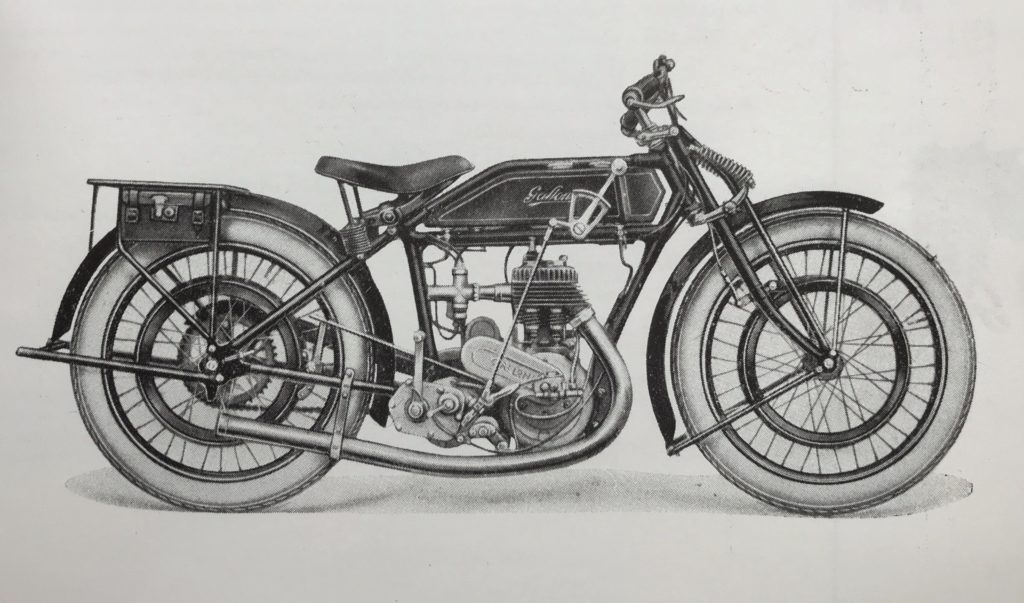
Oskar Schindler solved the speed problem early in 1928. The Galloni was sold and in its place came the dream of every young racing enthusiast, the fabulous 250cc single cylinder OHC Moto Guzzi. The great Italian Pietro Ghersi introduced this racing model in 1926 to the thousands of race spectators during the Lightweight TT in the Isle of Man, and scared with his phantastic practice and race laps not only ‘Ebby’ (then the Chief Timekeeper Mr Ebblewhite), but also all his opponents. Until then the name Moto-Guzzi was known only at home in Italy and even in other Continental countries, only very few of these wonderful machines were ridden in races…Orlando Geissler and Hans Winkler had them in Germany, Joo in Hungary, Vojtech Kolazskowsky in Poland and Peter Roberts in Czechoslovakia. And now, Oskar Schindler, son of an insurance agent and man about town, got one too.
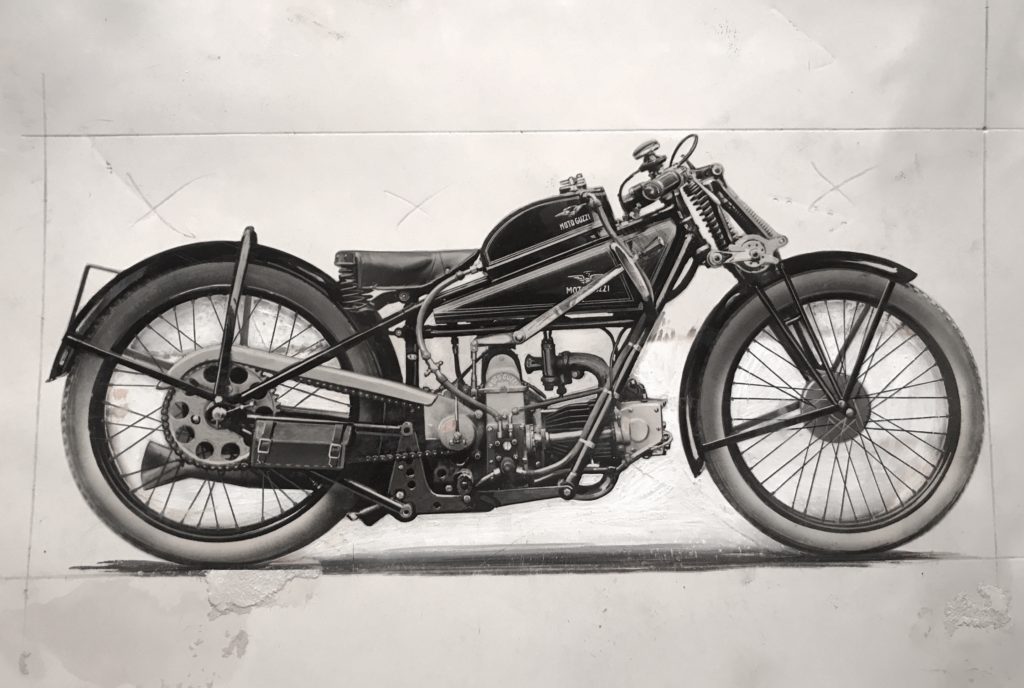
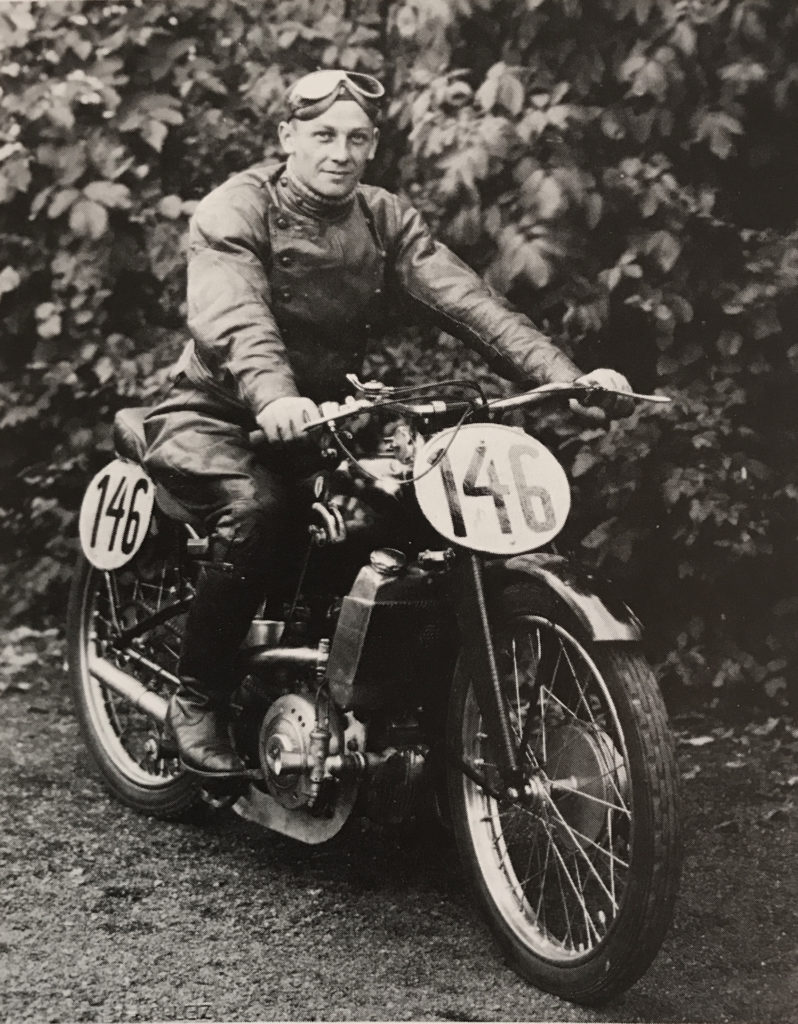
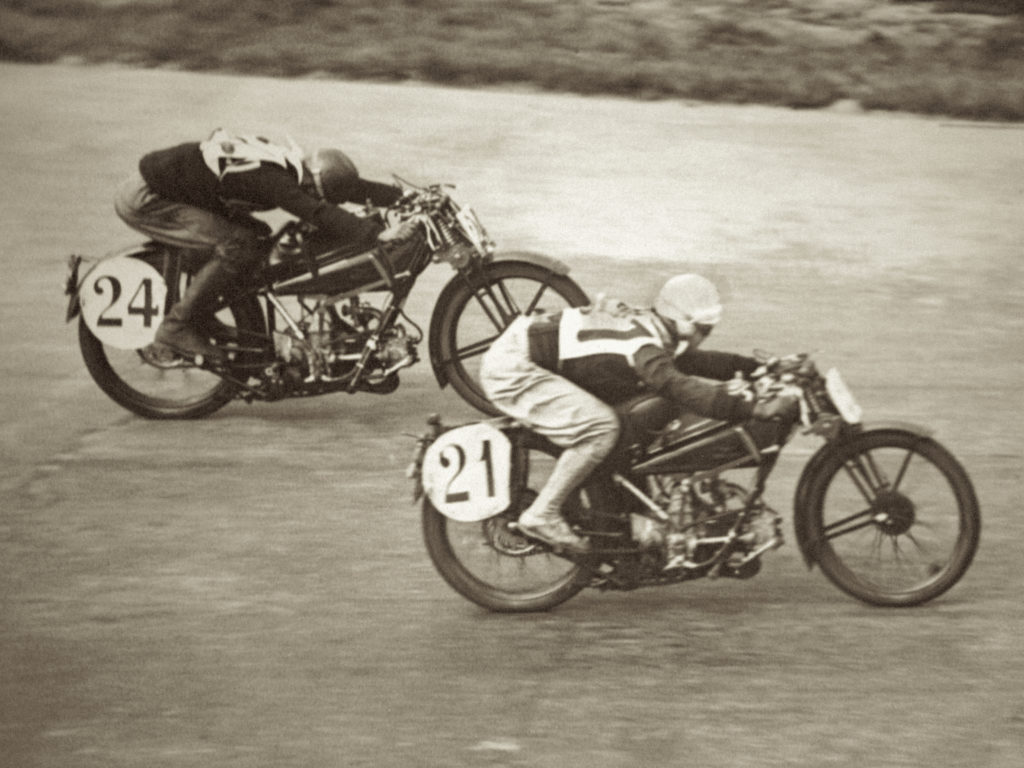
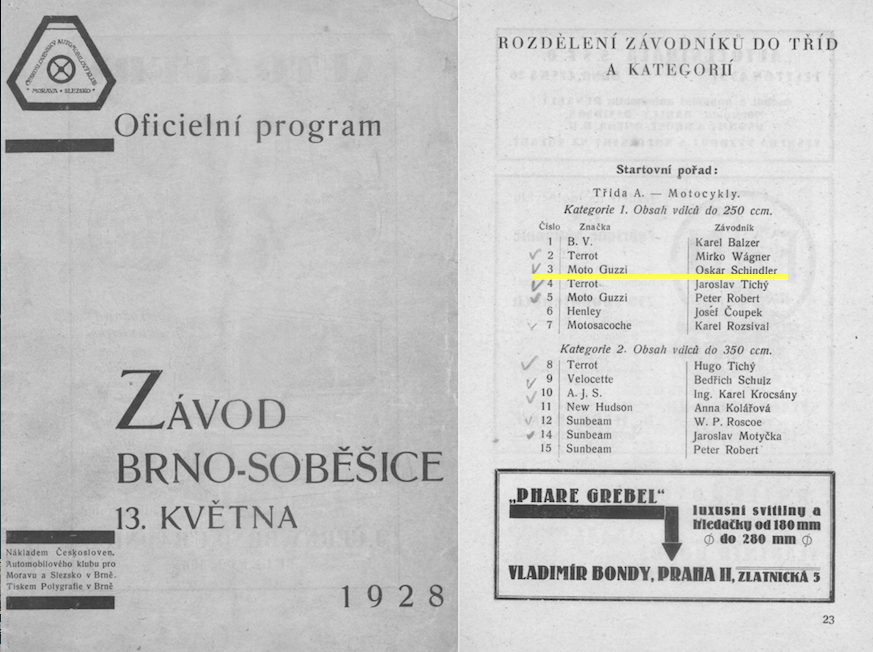
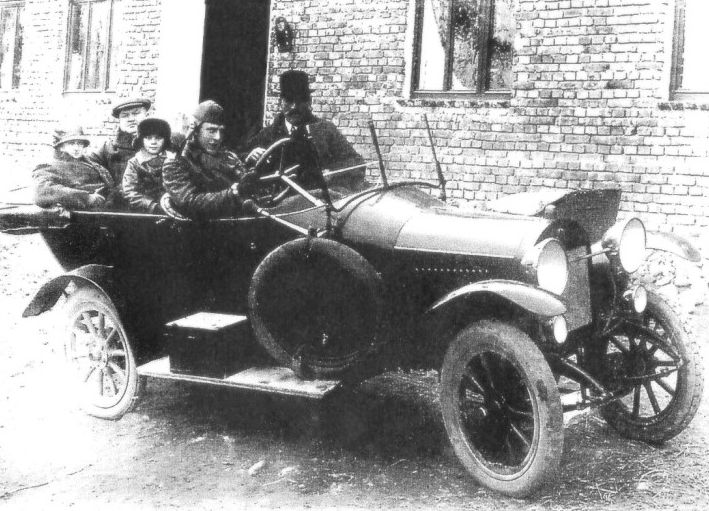
Ten years later…1938. Oskar Schindler, born in a town in Czechoslovakia but of German nationality, goes to Germany and later takes over an ammunition factory in Krakow in Poland, where he produces arms for the German Wehrmacht (army). He has no worries with the sale of his products but worries because of shortage of labourers. The Germans need all men for the fighting forces in the east, in the west, in the south and the north and Schindler tells the army bosses that unless he can get inmates from concentration camps – foreigners, prisoners, non-aryans, etc – he is unable to carry on. Eventually, despite protests by the dreaded Gestapo (secret police), he gets his way and takes thousands of these unlucky men and women into his factory…away from the horrible tortures, away from hunger and away from the gas chambers.
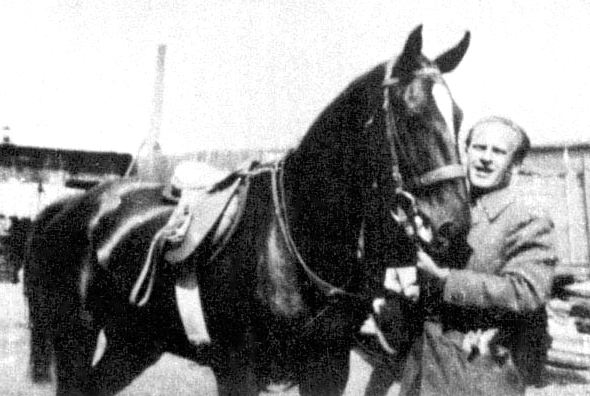
He goes even further. He kicks out the Gestapo from his factory and bribes other dangerous Germans, who tried to interfere with his human dealings with the ex-concentration camp inmates. How he is not hated by his employees but by the fanatics, and more than once he is in trouble with the crazy politicians. The army comes more than once to his rescue, and also to the rescue of men, hunted despite his protest by the Gestapo in his factory. Not because of pure humanity, but because they need arms…arms…arms. And Schinlder is even not keen on producing many of them or very good ones [and produced only one truckload of ammunition in 3 years! – ed.] …he just wants to keep himself and his labour force out of trouble. And he eventually succeeds!
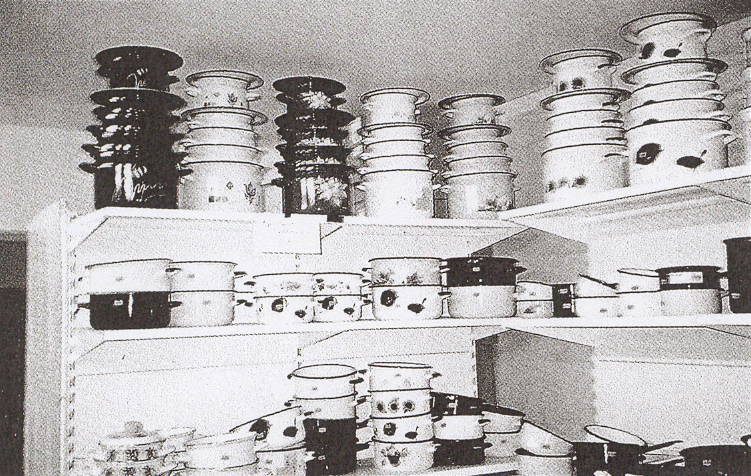
Near the end of the war, when Poland became for the Germans again a hot place, they moved the factory westward, to Moravia. Schindler insisted on taking his labour force and staff with him and while millions of others died in concentrations camps, Schindler fed them quite well, clothed them and gave them human living conditions. And when, in May 1945, everything broke down for the Germans, he had rescued about 1200 men, women, and children who, without him, would have died.
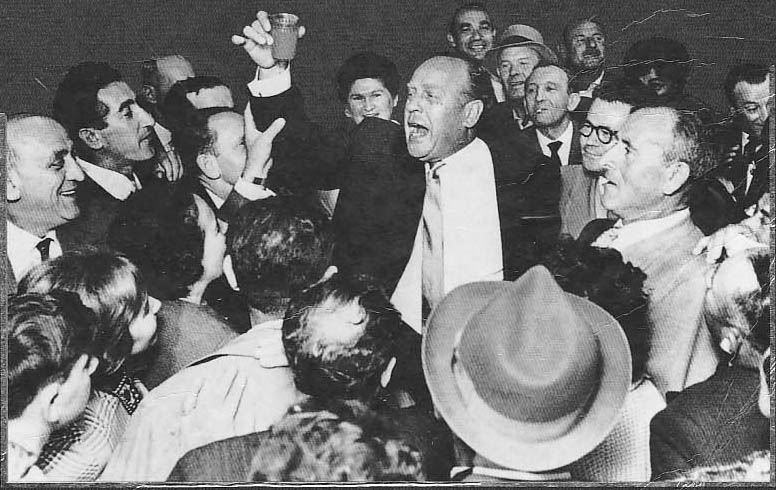
After the war he went to Argentina, but returned in the Fifties to Germany, where he became – at Frankfurt – the owner of a cement factory…still keeping contact with many of these men and women that he rescued and who forever will be thankful to him [in fact his former employees funded him after the war – ed.].
Oskar Schindler, in his period as a racing motorcyclist, was not a famous man. Fame came to him, when his own feeling for humanity proved stronger than anything else and when he, the German, stood not behind a crazy ideology but behind the many British, French, Czechs, Poles, Belgians, Dutchmen and other who, without him, would have died.
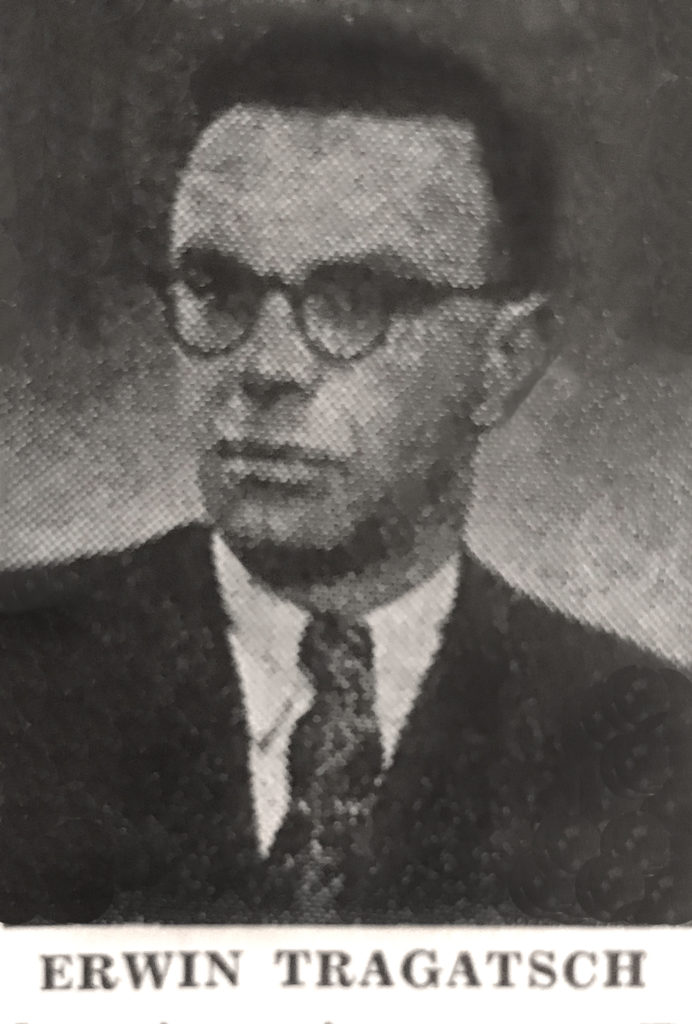
Related Posts
July 8, 2017
The Vintagent Trailers: Mancini, The Motorcycle Wizard
The mechanic that helped debut five of…


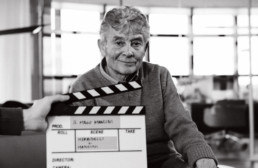
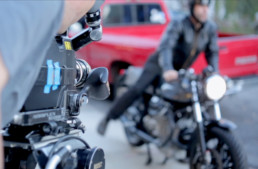
What a marvelous story! And timely too as our own country seems bound and determined to slip into the internment and incredibly cruel treatment of other peoples, members of minorities and other cultures.
Always a timely reminder: there is no ‘them’, there is only us. The nazis are us, their victims are us, we are capable of unspeakable cruelty, and tremendous compassion and self-sacrifice. We are human, everywhere and at all times in history, and ignore the lessons of history at the peril of our souls.